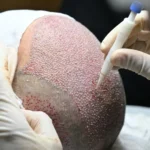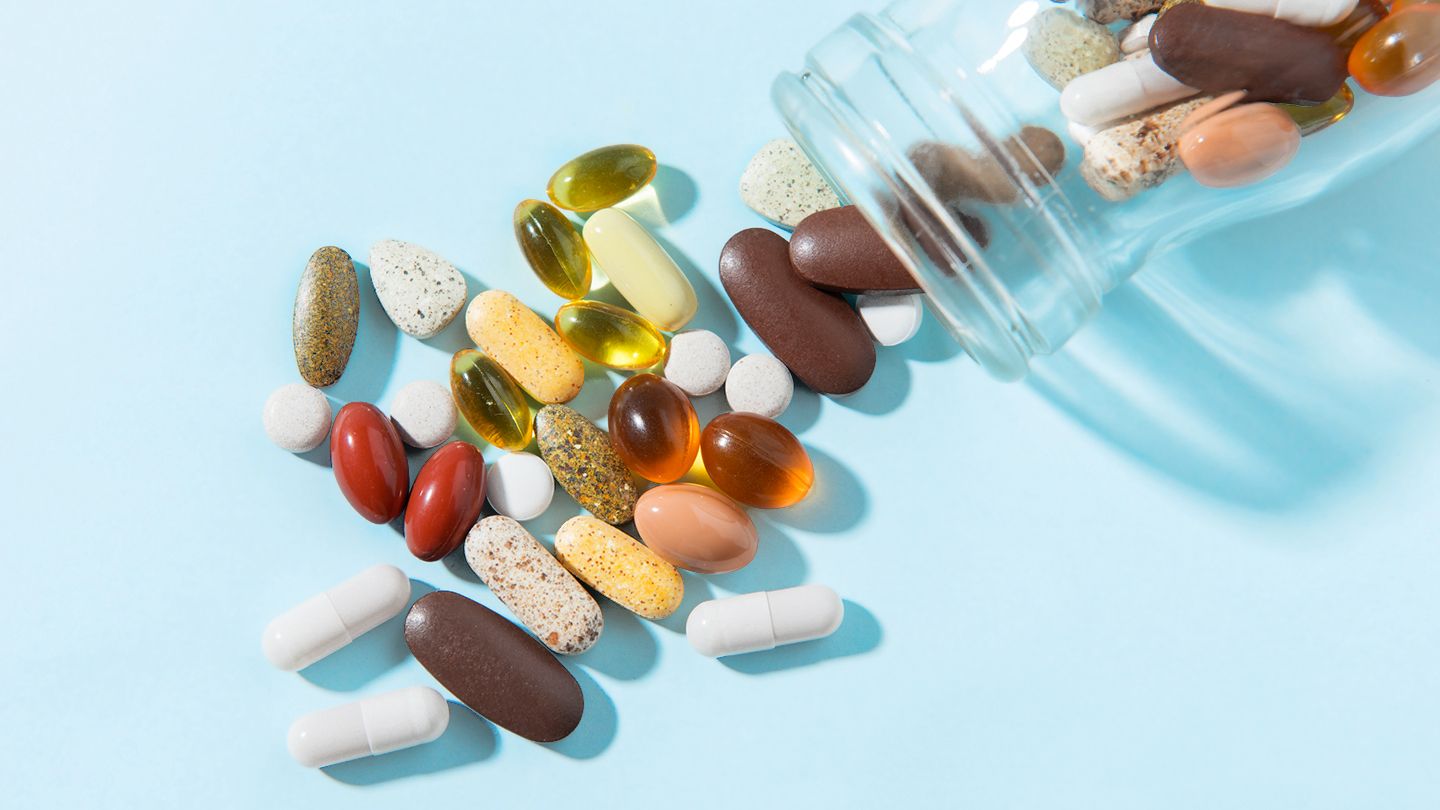The global pharmaceutical industry has been plagued by the problem of counterfeit drugs for years. Counterfeit drugs are fake medications that are sold to unsuspecting consumers, often resulting in serious health consequences. The World Health Organization (WHO) estimates that counterfeit drugs are responsible for up to 10% of the global pharmaceutical market. Canada is not immune to the problem of counterfeit drugs, but the country’s pharmacy industry has taken a proactive approach to fight this menace. In this article, we will discuss the role of Canadian Pharmacy in the fight against counterfeit drugs.
The Scale of Counterfeit Drugs in Canada
Counterfeit drugs are a global problem, and Canada is no exception. While the country has robust regulatory systems in place to ensure the safety and efficacy of medications, counterfeit drugs still find their way into the country. According to the Canadian Pharmacists Association, counterfeit drugs account for about 1% of the Canadian pharmaceutical market. While this may seem like a small number, it still translates into a significant public health risk. To combat this problem, Canadian Pharmacy has taken several measures to ensure that patients receive safe and effective medications.
Regulatory Framework for Canadian Pharmacy
The Canadian government has established a comprehensive regulatory framework to ensure the safety and efficacy of medications sold in the country. Health Canada is the regulatory body responsible for overseeing the pharmaceutical industry. It works with various stakeholders, including Canadian Pharmacy, to develop and enforce regulations that govern the importation, manufacture, and sale of drugs. Canadian Pharmacy must comply with these regulations to ensure that patients receive safe and effective medications.
Pharmacy Accreditation Programs
To further ensure the safety of medications sold in the country, Canadian Pharmacy has established accreditation programs. These programs require pharmacies to meet certain standards regarding the storage, dispensing, and labeling of medications. Accreditation is voluntary, but many pharmacies choose to participate to demonstrate their commitment to patient safety.
Verification Programs
Canadian Pharmacy has also established verification programs to help patients identify legitimate online pharmacies. These programs allow patients to verify that the pharmacy they are using is licensed and in good standing with regulatory authorities. Patients can also use these programs to verify that the medications they receive are safe and effective.
Educating Patients
Canadian Pharmacy plays an important role in educating patients about the dangers of counterfeit drugs. Pharmacies provide information to patients about how to identify counterfeit drugs, what to do if they suspect they have received a counterfeit medication, and how to report suspected counterfeit drugs to regulatory authorities. This education helps patients to make informed decisions about their health and reduces the risk of harm from counterfeit medications.
Collaboration with Regulatory Authorities
Canadian Pharmacy also collaborates with regulatory authorities to identify and prevent the sale of counterfeit drugs. Pharmacy staff are trained to recognize counterfeit medications and report them to regulatory authorities. Pharmacists also work closely with regulatory authorities to investigate suspected cases of counterfeit drugs and identify their source.
Counterfeit drugs pose a significant public health risk, but Canadian Pharmacy has taken a proactive approach to fight this menace. Through regulatory frameworks, accreditation programs, verification programs, patient education, and collaboration with regulatory authorities, Canadian Pharmacy has established a comprehensive approach to ensure the safety and efficacy of medications sold in the country. While the problem of counterfeit drugs is not likely to go away anytime soon, Canadian Pharmacy’s efforts are helping to mitigate the risk and ensure that patients receive safe and effective medications.

 Transitioning from Maternity to Workplace Wellness
Transitioning from Maternity to Workplace Wellness  Aging Gracefully: How Hearing Care and Home Support Improve Daily Living
Aging Gracefully: How Hearing Care and Home Support Improve Daily Living  The Role of Routine and Structure in Child Development
The Role of Routine and Structure in Child Development  Restoring Confidence Through Advanced Facial Procedures
Restoring Confidence Through Advanced Facial Procedures  Autism Therapy Programs Supporting Communication and Social Developments
Autism Therapy Programs Supporting Communication and Social Developments  From Burnout To Balance: How Weight, Motherhood, And Heart Health Intersect
From Burnout To Balance: How Weight, Motherhood, And Heart Health Intersect  Significance Of FUT+FUE+BHT Combine Technique & How Is It Done?
Significance Of FUT+FUE+BHT Combine Technique & How Is It Done?  Lifestyle Changes That Could Help Lessen the Effects of Alzheimer’s
Lifestyle Changes That Could Help Lessen the Effects of Alzheimer’s  Bodyweight Basics: The Best No-Equipment Exercises for Beginners
Bodyweight Basics: The Best No-Equipment Exercises for Beginners 